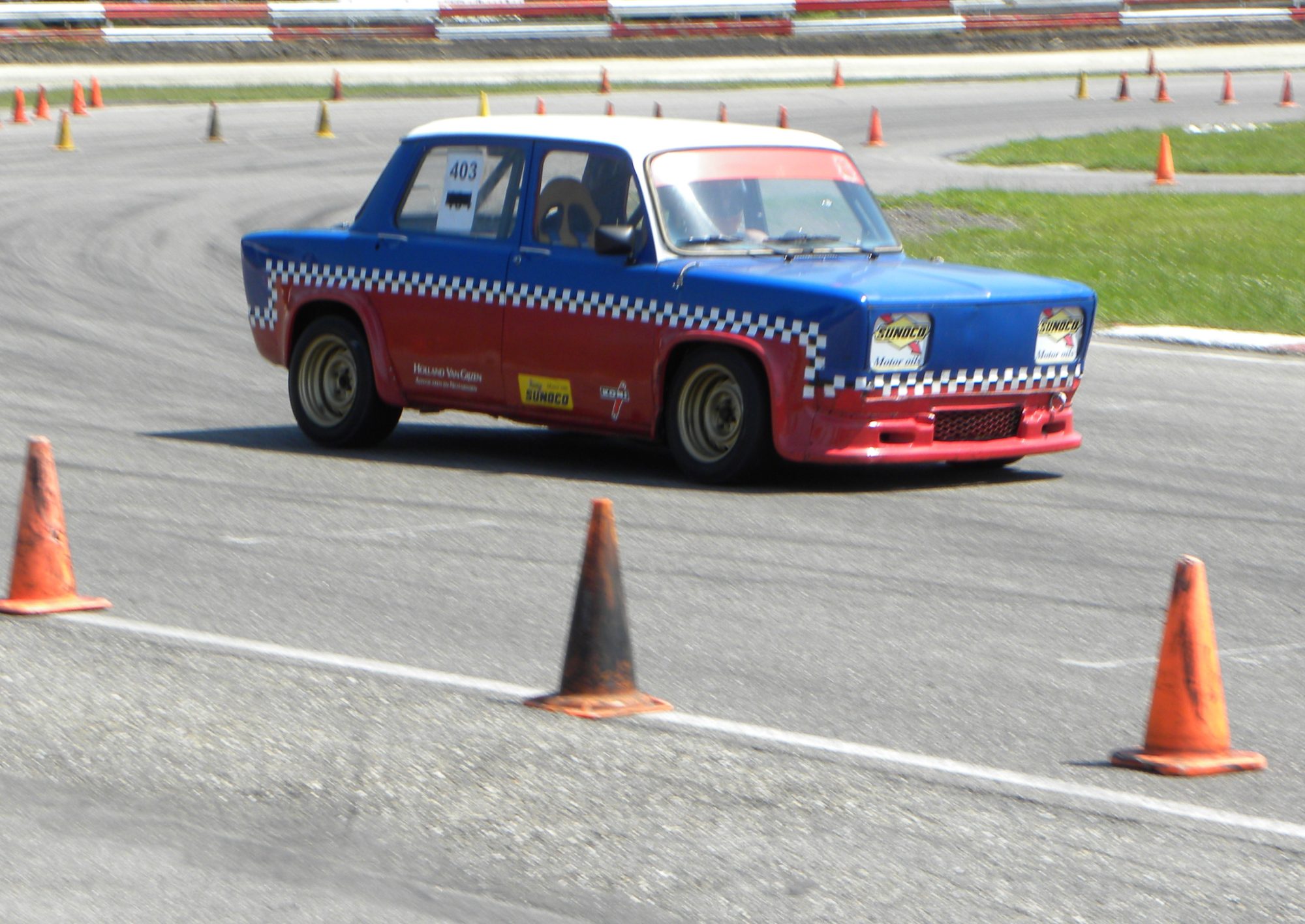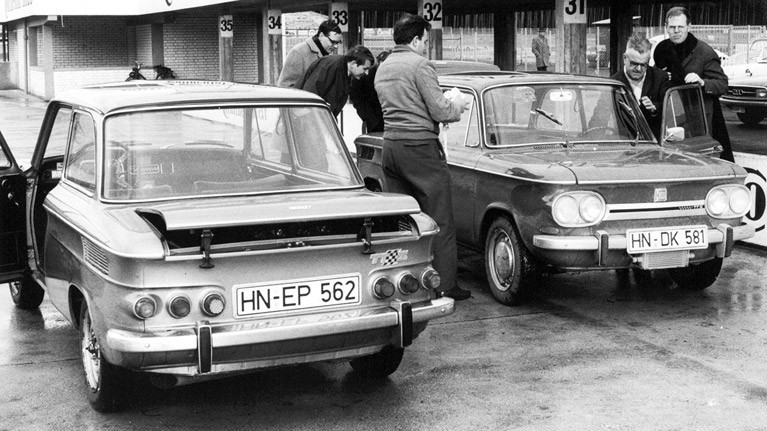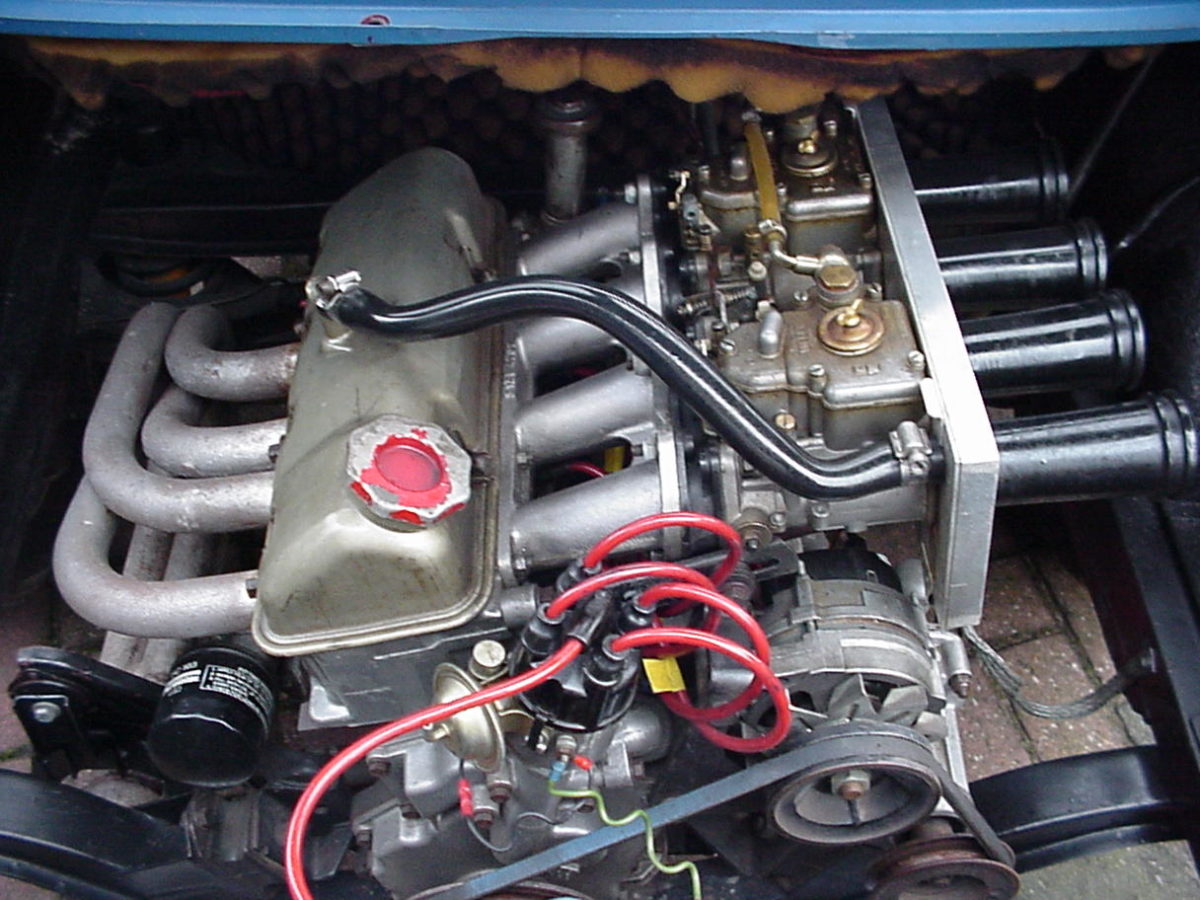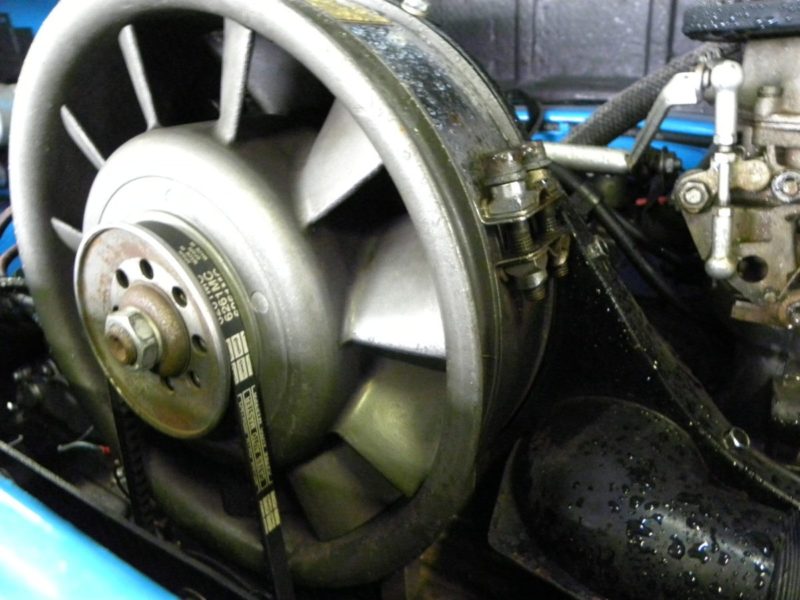In fact, tuning means 'tuning in' (to the optimum). To us it sounds like 'speed up'. The son of a comrade had his Suzuki tuned… Chip tuning.
The Swift had clearly gotten better
It grew from 125 to 141 hp. The torque increased from 148 to 166 Nm. And all without black hands and mechanical ingenuity. Just plug in the laptop and juggle with the software in the ECU. That gain is real tuning 2.0. Because in an era where car suppliers use the same engine block in (very) different specifications, that engine block in a van can be 108 hp, and in a faster middle-class coupe just 160 hp. And in that field, the car manufacturers will emphatically remain 'on the safe side'. Because by tickling the software to the cutting edge, there is much more to it without the need for any significant mechanical adjustments. Although adjustments are often made to the inlet (a larger air supply) and the exhaust side. With a standard turbo available, there is also calculation profit and an intercooler can also do a great job. But for us, classic enthusiasts, there is no wood. Dull.
In the beginning there was very little money in NL
A somewhat ambitious youngster grabbed 'racing stripes', strips of tape over the headlights, to make his pride 'faster'. Removing an intermediate or rear silencer. The mounting of a chrome plated exhaust ornamental manifold. The (dangerous) 'turning' of the rims (Graku from Wilnis welded a steel strip between the separate rim halves for 25 guilders per wheel, that was still the case), the disassembly of the bumpers and the assembly of a set of spotlights where the dynamo had immediate respiratory failure.
More is better
The truly highly talented spooned a 1500 cc block with two carburettors in their battle beetles. Classmate Aalt Pijpers had a cheerful gray Beetle on soup plate wheels, where he had placed a 412 hp VW 84 block. He had paid little to no attention to details such as the suspension and brakes. Even before the Utrecht Canal Island changed into Klein Ankara, it was often very restless on Columbuslaan. Putting the hoods ajar was of great psychological importance in rear-engined cars (Beetles, Fiat 650s and 850s, NSUs). Just like cars with the front engine, the hood was then secured with the famous rubber 'Magirus closures'. Opels and Fords received larger four-cylinder or even six-cylinder. Getting fries had never been so fast.
If there were more guilders there were sportier intake and exhaust manifolds and even with poorly adjusted double Webers you were completely the man. Inside, bucket seats and a tachometer were absolute must-haves.
Of course there was also serious tuning
And in this way, many of the once good civilian cars were upgraded to serious rally cars. Jetten did that with Opels, for example. All those boy dreams have now been reincarnated a few times through the blast furnaces. And maybe your toaster contains genes from a 1200 cc NSU that was once Wolvega or Drempt's fastest car.
The real rally guns of that time were usually killed on the field of honor. But if you find another one, you will score an actual piece of car history. Because chip tuning? That's something for wimps.









Nice story, nice pictures too.
Not quite comparable, but a facility to leave the tailgate ajar my cars have ex works.
That is not because of the great psychological importance, not so much for cooling the engine, but because otherwise, in summer, you sit on boiled eggs.
Right. But in youthful hubris it was also seen as tuning 1.0 by proud owners
For Simca, the 1000 Rallye models were a brilliant way to revive a 1970 family car that was actually outdated in 1961.
With dangerous-looking racing stripes, bucket seats, a matte black dashboard and growling souped-up engines from the Simcastal, the neat square family box suddenly took on the allure of a rebellious troublemaker.
To a lesser extent, of course, this also applied to the NSU 1000TT, which caused an upward kink in sales statistics earlier than its French cousin.
For those who could handle it, the rear engine and the swing axle construction of the rear axle were suddenly no longer outdated and risky in both the Simca and the NSU, but an advantage: the cars therefore had plenty of traction and could be steered with accelerator and brake in right-angled bends. . It took some practice ...
Then there were the home tuners that used the “baukastensystem” at Ford and Opel. After all, a B-Kadett was for sale with a modest 45hp 1100N engine up to and including a fierce 103 hp 1900H engine and if you got the radiator slid into a slot in the front plate, it all fit well. Until you found out that the original Rally-Kadett had a completely different rear axle with a much firmer differential.
This of course also applied to all horsepower knights who would tickle grandpas Taunus or Capri or Ascona with a sturdy engine from the demolition. More often than not it went wrong.
What could easily be done was putting an Ami 800cc engine in a 2CV. The front-wheel drive allowed for that. And a duck was not very safe anyway.
Good text
Indeed recognizable. The abarth and alpines are also known. Sometimes ordinary production cars in evolution were also somewhat tickled. A 2cv6 had 29 hp. An AMI 8 had 35, 20% more! A little more compression (on paper) and a real pressure filler (mechanical compression) ensured.
Nice story, so recognizable
Memories are fun. At least the good one. We have to get rid of the bad